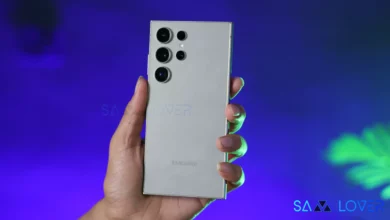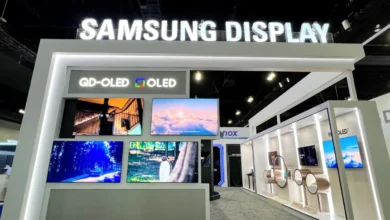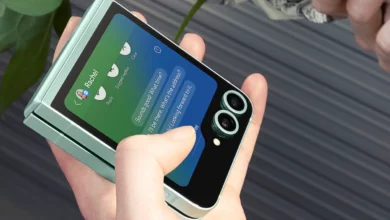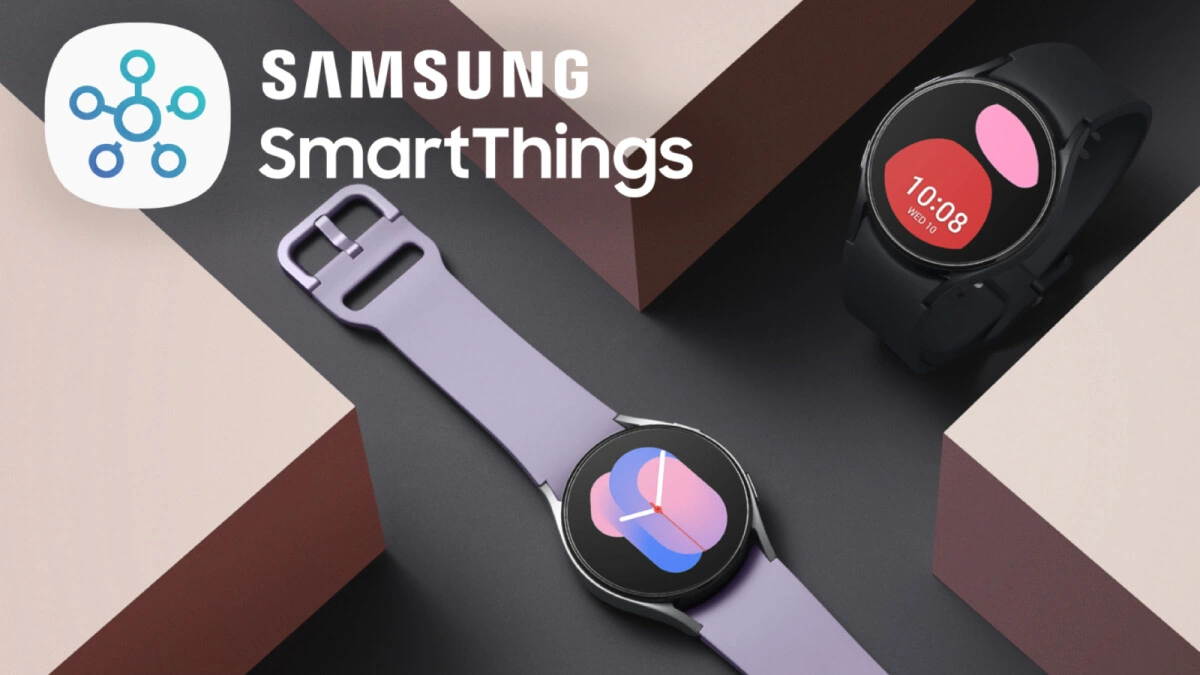US Approves $6 Billion Chip Subsidy for Samsung’s Texas Expansion
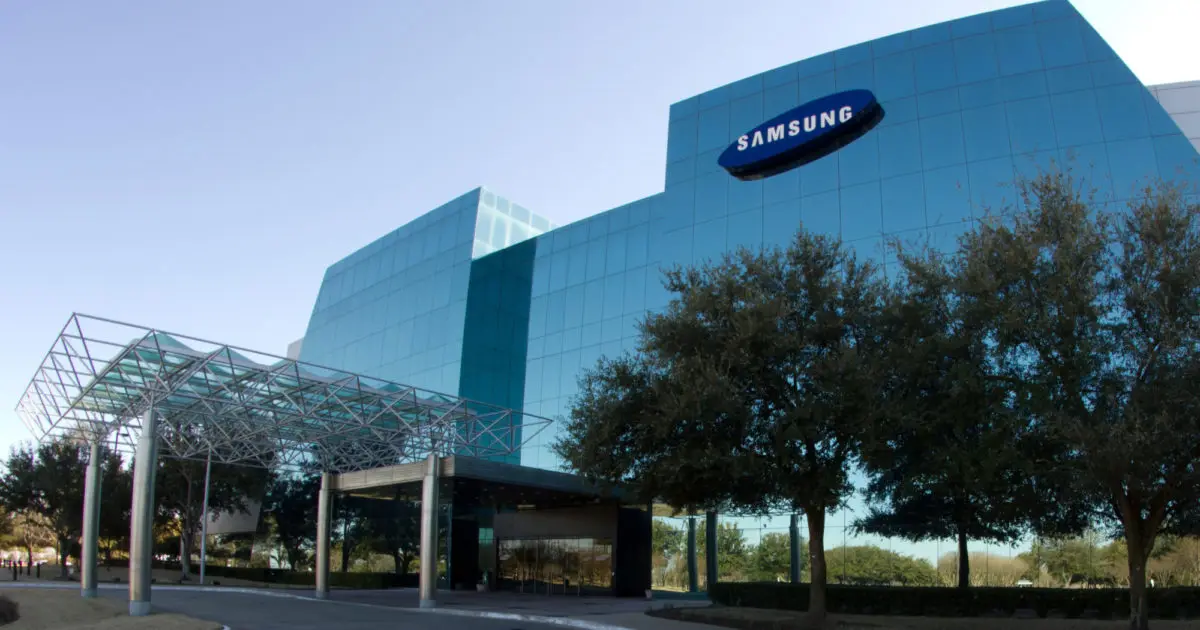
The Biden administration has decided to reveal that it is awarding more than US$6 billion to Samsung Electronics next week to expand its semiconductor project in Taylor, Texas.
The US Commerce Department is quite close to announcing a grant for the Korean firm’s construction projects in Taylor, Texas, which includes a $17 billion chip-making plant the Korean giants announced earlier back in 2021, another factory, an advanced packaging facility, and a research and development center.
It is reported that it will also include an investment in another unannounced location. The Korean brand will more than double its capital outlay in the US to more than $44 billion as part of the deal. However, regarding this, the Commerce Department and Samsung declined to comment. I requested that Texas Governor Greg Abbott’s office comment, but it was denied.
If the reports are to be believed, Samsung will probably be the third largest in the program, following Taiwan Semiconductor Manufacturing Co. (TSMC), which was awarded $6.6 billion on Monday and consented to expand its investment by $25 billion and add a third Arizona factory by 2030.
The US government is offering a queue of subsidies through the Chips and Science Act, and the reason behind this decision is just to increase American chipset production within the country and also to convince brands to build factories in the US and avoid Asia. Back in 2022, the US Congress authorized the Chips and Science Act to expand domestic semiconductor output with $52.7 billion in research and manufacturing grants. On the other hand, lawmakers also authorized $75 billion in government loan authority, while the reports indicate that Samsung plans to avoid taking loans.
The US share of global chip manufacturing has shot down from 37% in 1990 to 12% in 2020, whereas the Chips and Science Act aims to lessen the dependence of America on chip production in mainland China as well as Taiwan. On the other side, both TSMC and Intel were rewarded $8.5 billion to increase their US chip output last month, which will raise production in the key swing state of Arizona.
